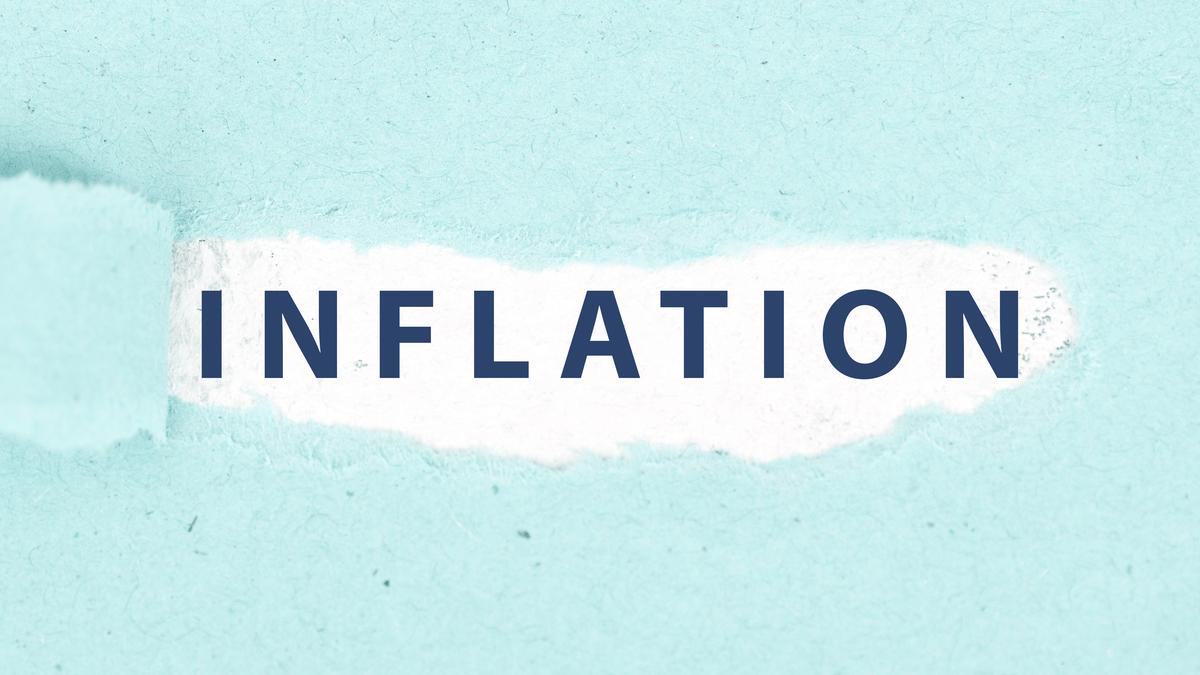The Health department has issued comprehensive guidelines directing all schools to implement stringent safety and preparedness measures to protect children from snakebites and manage snakebite emergencies.
This is in compliance with the interim orders issued by the High Court in this regard, following petitions filed by Kulathoor Jaisingh and others about how the State needed to do more to protect children from snakebites. Following this, the Chief Secretary had convened a meeting of the departments of General Education, Forest & Wildlife, Local Self Governments; Rajiv Gandhi Centre for Bio-technology, and National Institute of Virology, Kerala Unit, Alappuzha for their inputs on drafting the safety guidelines.
The new directives make it mandatory for schools to undertake detailed safety audits and maintain full emergency readiness.
According to the circular, every school must carry out a thorough safety audit of its infrastructure, including classrooms, electrical systems, sanitation facilities, playgrounds, and boundary walls, to ensure there are no hazards such as open pits, broken floors, exposed wires, or overgrown vegetation that could attract snakes or pose health risks.
First-aid room
Each school must have a well-equipped first-aid room and ensure that at least two staff members are trained in first aid, CPR, and emergency wound care. Contact details of nearby hospitals, ambulance services, and public health officers must be prominently displayed within the school premises.
A Child Emergency Medical Response Plan is to be prepared and displayed in all schools, detailing the steps to be taken during medical emergencies, including snakebite incidents. Schools are instructed to coordinate with the nearest primary health centre or taluk hospital to ensure the availability of anti-venom and paediatric medical care. They must also identify and seal snake entry points and engage authorised snake handlers through the Forest Department.
Mock drills
The guidelines emphasise regular mock drills in collaboration with the District Disaster Management Authority to ensure preparedness for emergencies such as snakebites, fires, floods, or earthquakes.
The Health department has drawn up a detailed action plan to prevent snakebite incidents in schools, combining environmental management, awareness programmes, and emergency training.
Schools must maintain snake-proof surroundings by closing gaps and holes, clearing vegetation, and avoiding the storage of firewood or debris near classrooms. Students are to be instructed to use only clear paths and avoid walking barefoot, and their bags and shoes should not be left unattended outside classrooms.
Schools are required to conduct periodic awareness sessions, distribute educational materials, and incorporate snakebite prevention and safety modules into the curriculum, including the NCC handbook. Programmes such as Sarpa Suraksha and Sarpa Paadam — conducted by SARPA volunteers under the Forest Department — will continue to check school premises for the presence of venomous snakes and educate students on snake safety. Contact details of snake handlers / rescuers should be maintained at institution level
Crucial ‘golden hour’
All schools must train staff to provide first aid for snakebites, maintain updated contact lists of hospitals with anti-snake venom (ASV) stocks, and know the nearest ambulance and emergency transport options. Immediate medical attention during the “golden hour” after a bite is critical, and victims must be transported lying down, without being allowed to walk or run.
The Health Department has ensured the availability of ASV in all Taluk-level hospitals and appointed nodal officers to oversee snakebite management. Schools will work in coordination with Family Health Centre medical officers for training and emergency support.
Dos and don’ts
The Health department has also directed that some traditional or inappropriate practices should be avoided in the event of a snakebite.
Do not wash the wound and interfere with the bite wound (like making incisions, suction, rubbing, tattooing, vigorous cleaning, massage, application of herbs or chemicals, cryotherapy, cautery) as this may introduce infection, increase absorption of the venom and increase local bleeding.
The government has directed district officials to conduct periodic inspections to verify compliance, stressing that “no delay whatsoever shall be allowed in initiating emergency response.”
Published – November 11, 2025 04:53 pm IST





